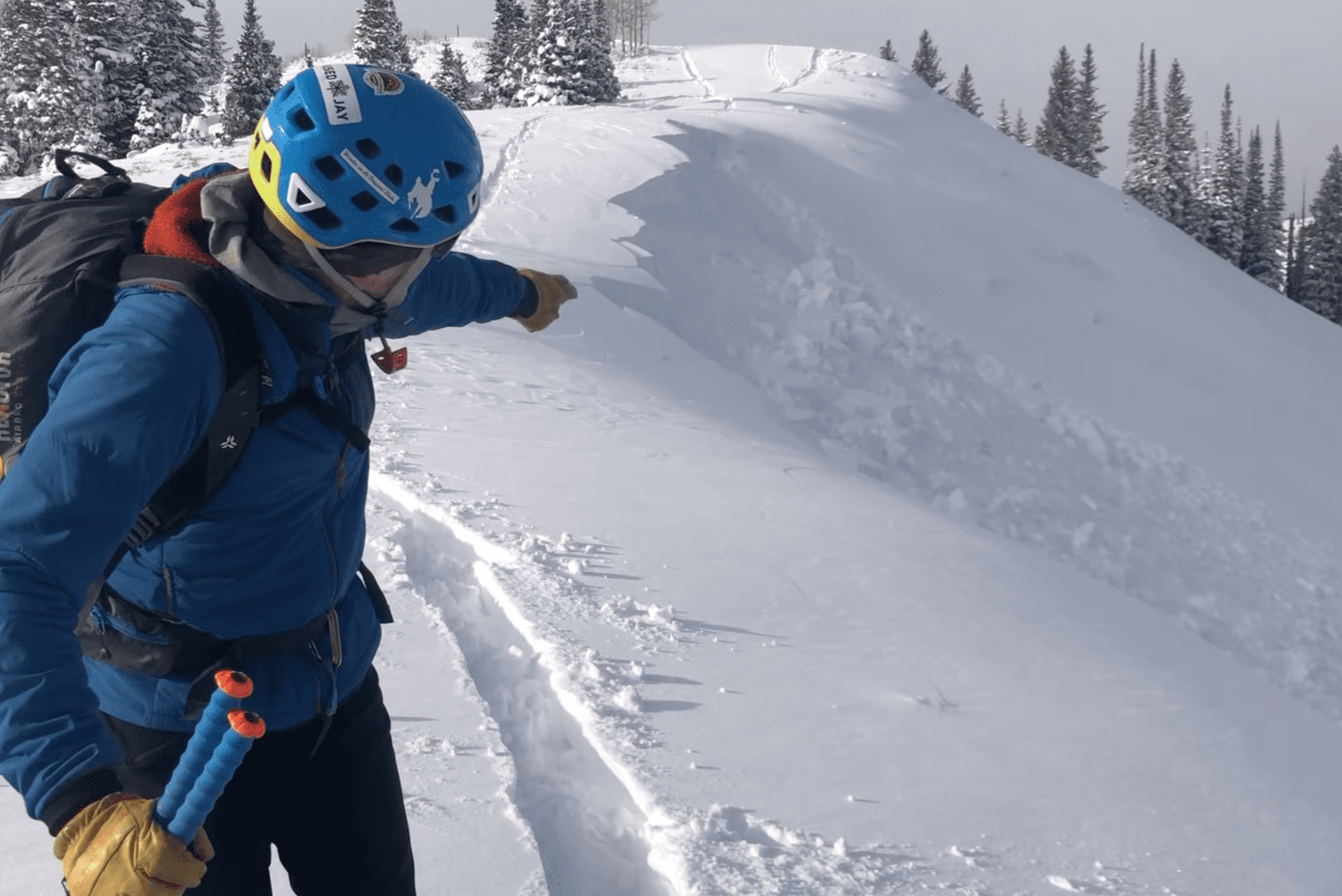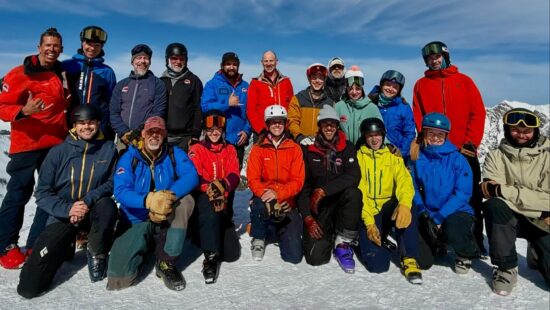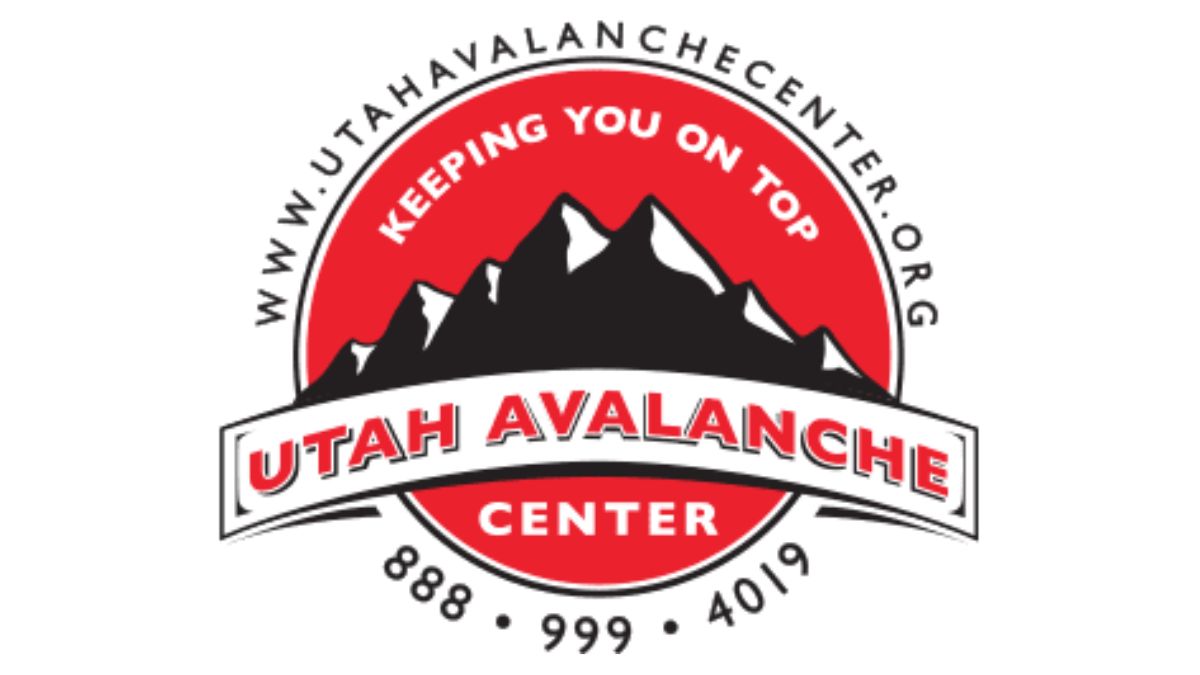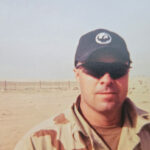Sports
Sidecountry vs. backcountry, dispelling misconceptions and staying safe
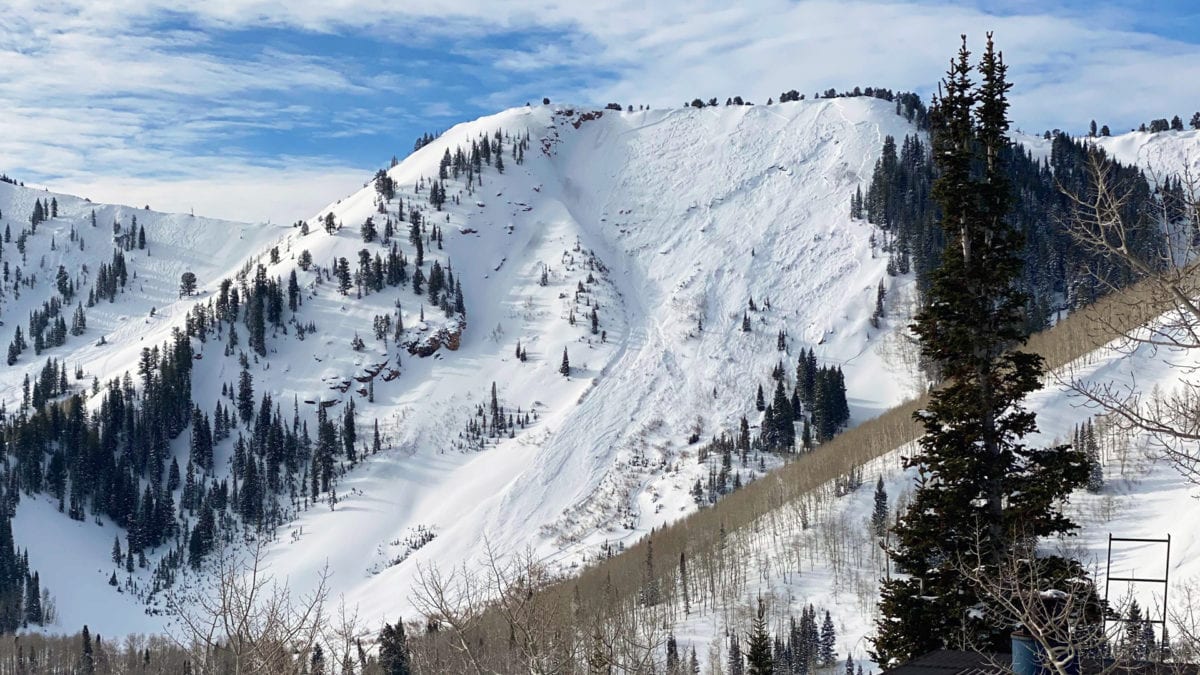
The Square Top area just outside the boundaries of the Canyons Village. Photo: TownLift.
PARK CITY, Utah — Skiing and snowboarding, even at a ski resort, is never without risk. Accidents do happen whether you’re inbounds, off to the side, or in the backcountry. Understanding avalanche safety, having the proper gear, and knowing how to use it can make all the difference in a dangerous situation. If the string of avalanches this month have taught us anything, it’s that not all areas are safe. There are no universal truths to avalanches, and even areas that traditionally are safe can quickly become deadly under the right conditions.
There are several common misconceptions about avalanches and what areas are typically safe from them, and the belief that the sidecountry is safer than the backcountry, or vice-versa, is certainly one of them. These out-of-bounds areas are often easily accessible from a resort, where a person can use a lift to go up the mountain before leaving the boundary of the resort and skiing down adjacent to it. Although ski patrol will go into these areas, they don’t have the same jurisdiction as they do within the resort.
“The sidecountry is backcountry. As soon as you leave a resort gate, you are leaving the controlled environment of the ski resort,” Chad Brackelsberg, executive director of the Utah Avalanche Center said. “Therefore, you are responsible for your own safety, meaning you have to be able to assess the avalanche risk, and you have to be prepared to be your own rescue party. Ski Patrol does not have jurisdiction to do a rescue there. Generally, suppose you are in an accident, avalanche accident, or just an injury in the side country. In that case, ski patrol must first get permission from the sheriff’s department to function as search and rescue. Just because you can access that terrain from a ski lift or you can see it from a ski lift does not mean that it is the same as in the resort. It is the same as hiking to a slope in the backcountry.”
Problems arise when skiers venture out into the side or backcountry without avalanche safety knowledge, rescue gear, or training, and are completely unprepared in the case of an emergency. It would be easy to put a pack together with a beacon, shovel, and probe, and think you have all the essential avalanche gear, but according to Beackelsberg, true preparedness goes well beyond that.
“If you have an injury from an avalanche accident or something else, do you have a first aid kit means to provide first aid and to provide a rescue, or do you have a way to evacuate an injured person? Do you have extra water or gear so if you accidentally have an injury or get caught in an avalanche do you have enough equipment to spend several hours in the snow,” Brackelsberg said. “If you look at that Neffs Canyon avalanche, that person was out there for almost nine hours from when his accident happened ’til he was at the trailhead. So you have to have enough warmth to keep you warm and comfortable and not get hypothermia for an extended period of time. Then you look at what that emergency gear might include, such as a bivy sack, a way to start a fire, a hot drink, additional clothing layers, and other things.”
Beyond the idea of preparedness and understanding the reality of the terrain, checking avalanche reports for current conditions before you head out is just as important. This year’s conditions have been unique, with avalanches occurring in forested areas, lower elevations, and all aspects of a slope, meaning from all compass directions. For example, the Neffs Canyon and Pink Pine avalanches, which both caused injuries, occurred at low elevations in heavily forested areas.
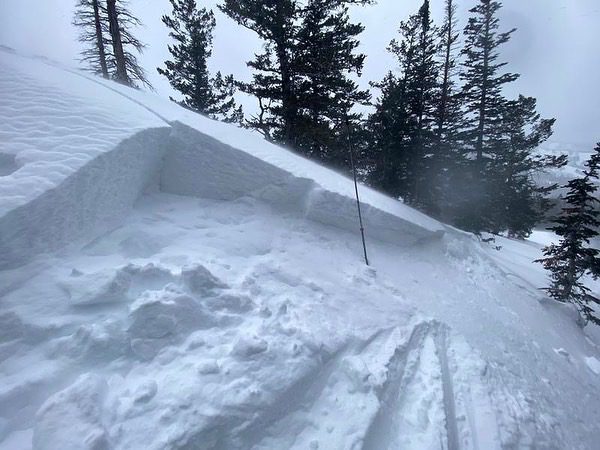
“What has happened this year that’s unique is that we’ve had a lot of early-season snow that stayed around on all aspects,” Brackelsberg said. “Instead of the persistent weak layer, the dangerous snow, being only on the slopes facing north, we have it on the southern-facing slopes and at low elevations as well. So we’ve had high avalanche danger this year from all aspects and all elevations, where most years, traditionally, we always have it at high elevations on north aspects.”
While some believe that the presence of trees can deter an avalanche, according to Brackelsberg, this isn’t always the case.
“Trees can act as anchors but in the end, really any slope that has trees that are wide enough facing to ski, there’s wide enough spacing for an avalanche to go through,” Brackelsberg said. “So while trees may provide some stability to the snow, it generally requires very thick trees that are thicker than most of us would ski. And so, the presence of trees does not necessarily indicate a safe slope.”
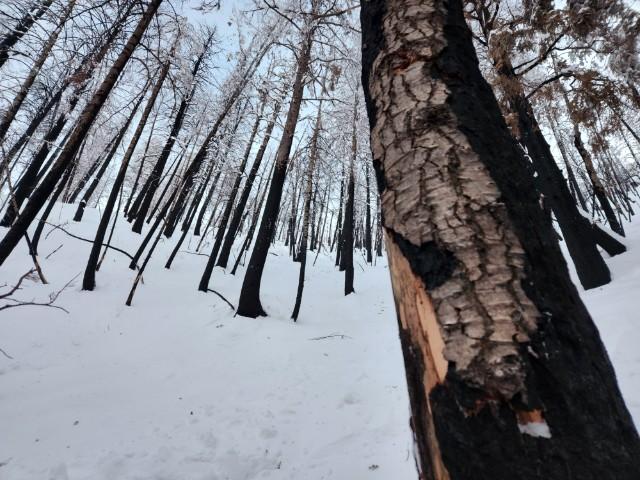
Appreciate the coverage? Help keep Park City informed.
TownLift is powered by our community. If you value independent, local news that keeps Park City connected and in the know, consider supporting our newsroom.















